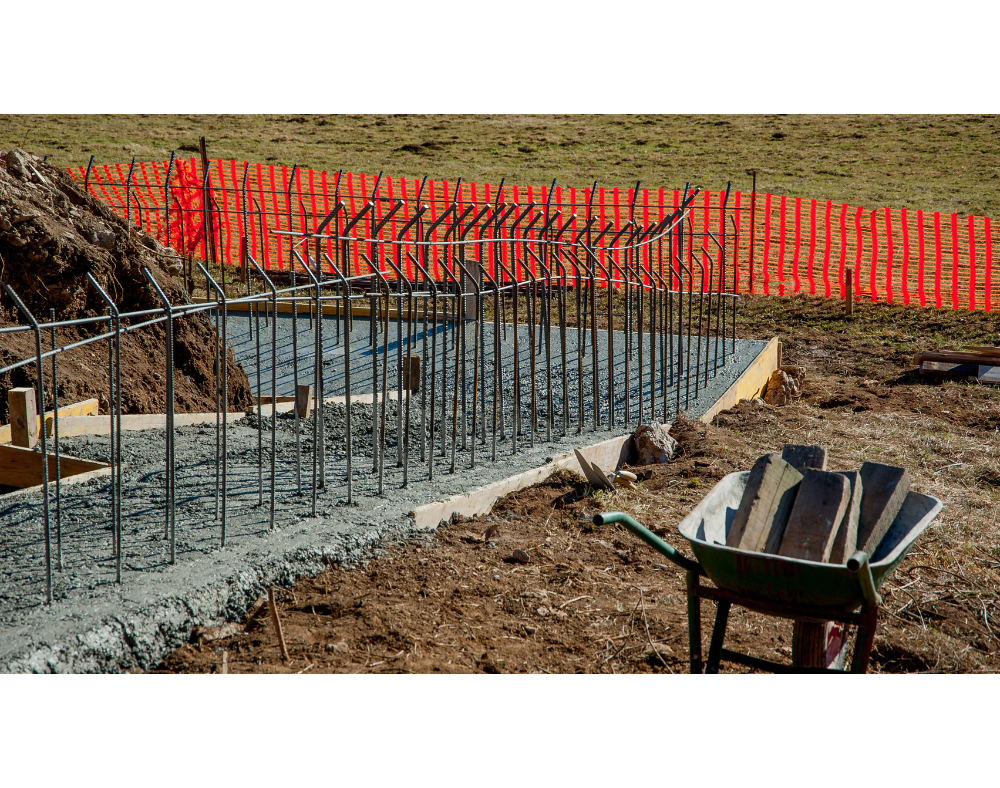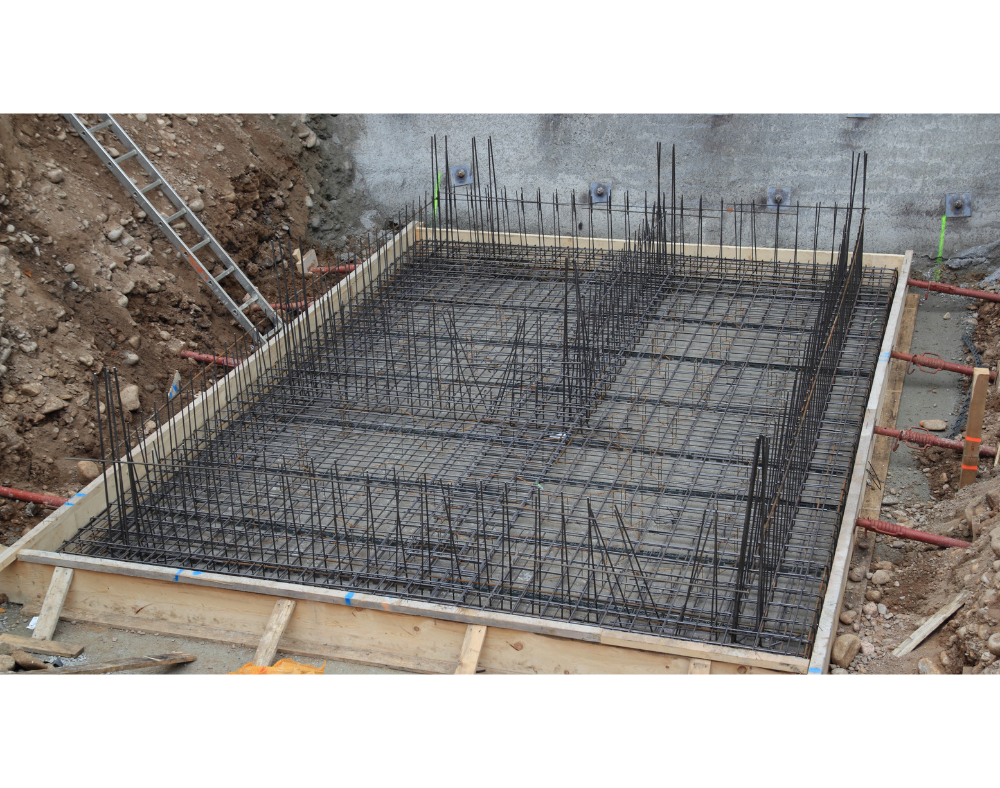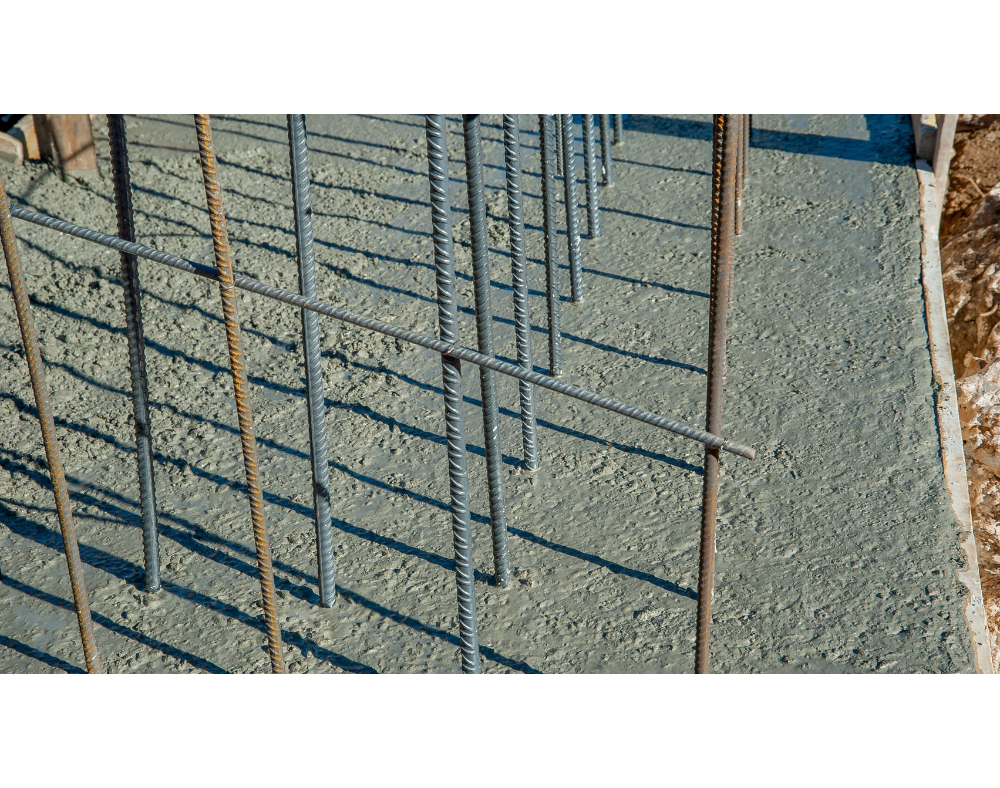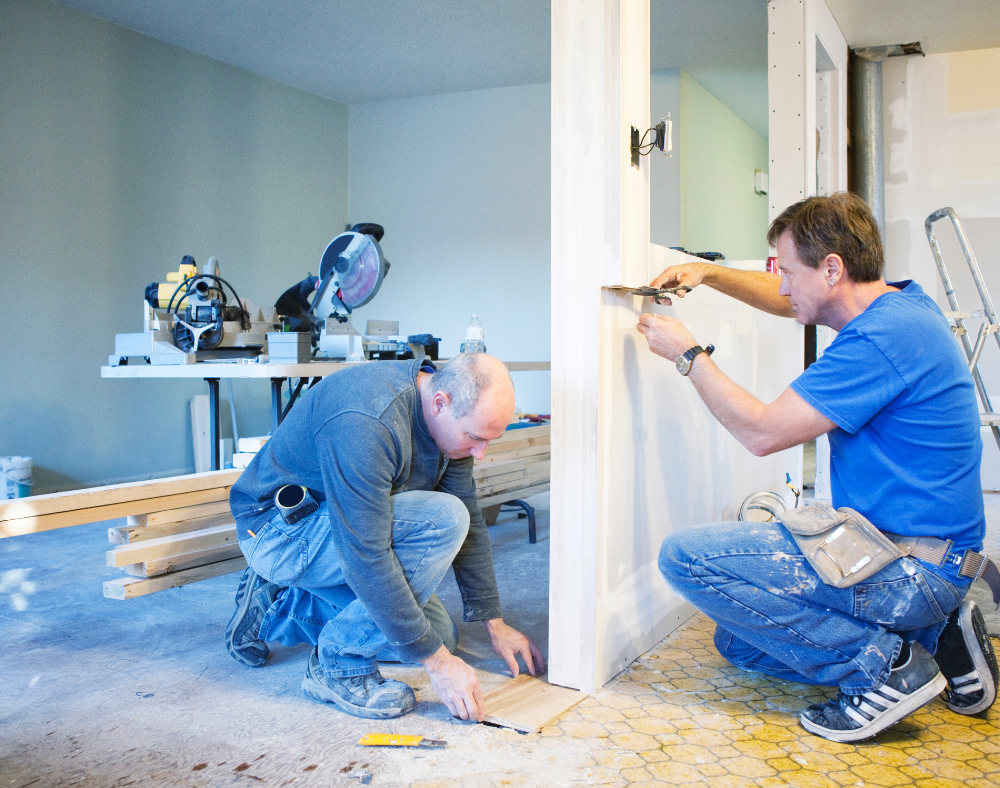Understanding the Importance, Uses, and Benefits of Reinforcement in Construction

What is Reinforcement in Concrete?
Reinforcement refers to materials, typically steel bars or mesh, that are embedded in concrete to improve its tensile strength and durability. Concrete itself is strong in compression but weak in tension; adding reinforcement materials helps bridge this gap, allowing concrete structures to withstand a variety of stresses without cracking or collapsing.
For an in-depth explanation, check out The Concrete Network’s overview of reinforcement in concrete construction.
Why Use Reinforcement in Concrete?
Concrete alone can support substantial weight, but its brittle nature means it can crack under tension or bending forces. Reinforcement provides the additional tensile strength needed to handle the dynamic loads encountered in buildings, bridges, and roads. By incorporating reinforcement, concrete can safely support heavier loads and better resist shifting, bending, or cracking.
Reinforcement is a critical element in concrete construction, enhancing the strength, durability, and longevity of structures. At Impact Construction in Wapato, WA, we’re dedicated to helping you understand the purpose and importance of reinforcement in concrete. Whether you're working on a residential project or a large-scale commercial structure, reinforced concrete can make a significant difference in ensuring stability and safety. This guide will answer your questions and provide insights into why reinforcement is an essential component of modern construction.

Types of Reinforcement
Understanding the types of reinforcement available can help you choose the right option for your project.
- Steel Rebars: Steel rebars (reinforcing bars) are the most common type of reinforcement. They come in various grades and diameters, offering flexibility for different construction needs.
- Welded Wire Mesh: Used in smaller or less load-intensive projects, wire mesh provides even distribution of strength across the concrete surface.
- Fiber Reinforcement: Often used in concrete driveways and other small projects, fibers improve surface durability and resistance to cracking.
For further details, visit Cement.org for a breakdown of reinforcement types and their uses in construction.
Benefits of Using Reinforcement in Concrete
1. Enhanced Structural Strength
Reinforced concrete offers superior strength and durability, making it ideal for structures that need to withstand heavy loads and adverse conditions. By embedding steel bars or wire mesh, concrete gains resilience, improving its ability to bear tension and remain intact.
2. Increased Longevity
Structures reinforced with concrete are less susceptible to cracking and shifting over time. This longevity is crucial for reducing maintenance costs and ensuring the safety of buildings, bridges, and roads over their lifespan.
3. Flexibility in Design
Reinforced concrete allows for more complex architectural designs. Whether you’re aiming for curved surfaces or cantilevered structures, reinforcement provides the support needed to make intricate designs possible without sacrificing strength.
4. Fire and Weather Resistance
Concrete is naturally resistant to fire, and with reinforcement, it becomes even more resilient to heat and temperature fluctuations. Reinforced concrete structures can withstand environmental stressors, including extreme temperatures and moisture.
For additional information on the benefits of reinforced concrete, visit ScienceDirect for articles on reinforced concrete durability.

Things to Consider When Using Reinforcement in Concrete
When planning to use reinforcement, consider the following:
- Choosing the Right Grade of Steel: Different grades of steel rebars offer varying tensile strengths. Consult with your contractor to select the grade that suits your project’s requirements.
- Spacing and Placement: Proper spacing and alignment of the rebars are crucial. Reinforcement bars should be placed at strategic points in the concrete to ensure uniform load distribution and structural integrity.
- Cost of Materials: Reinforcement adds to the cost of concrete, but the benefits often outweigh the expense. Consider reinforcement as an investment in the longevity and durability of your project.
- Local Regulations and Building Codes: Reinforced concrete is often subject to specific codes and standards. Familiarize yourself with local regulations to ensure compliance and safety.
For insights on placement and spacing techniques, visit Concrete Construction.
Smart Tips for Managing Reinforcement Costs Without Compromising Quality
Reinforcement adds to the budget, but these strategies can help manage costs effectively.
- Use Pre-Fabricated Steel Mesh: Pre-fabricated mesh can reduce installation costs and time, making it an efficient option for smaller projects.
- Optimize the Reinforcement Design: Work with a structural engineer to develop an optimized design that uses just the right amount of reinforcement where it's needed most.
- Purchase in Bulk: If you’re working on a large project, buying steel bars or mesh in bulk can reduce per-unit costs.

Conclusion
Reinforcement in concrete is essential for achieving long-lasting, durable, and structurally sound constructions. By reinforcing concrete with materials like steel bars or wire mesh, you can increase its strength, durability, and design flexibility, making it suitable for a range of applications. At Impact Construction in Wapato, WA, we specialize in creating reinforced concrete solutions tailored to your needs and preferences, providing expert guidance and quality craftsmanship. For more information on concrete reinforcement and how it can benefit your next project, feel free to contact us.
Additional Resources for Learning More About Concrete Reinforcement:
- The Concrete Network -
Information on types of reinforcement and applications in construction. - Cement.org
Resources on concrete materials and reinforced concrete benefits. - ScienceDirect
Academic articles on the durability and resilience of reinforced concrete. - Concrete Construction
Practical advice on placing and spacing reinforcement bars. - Building Code Hub
A helpful resource for understanding local regulations related to reinforced concrete.










